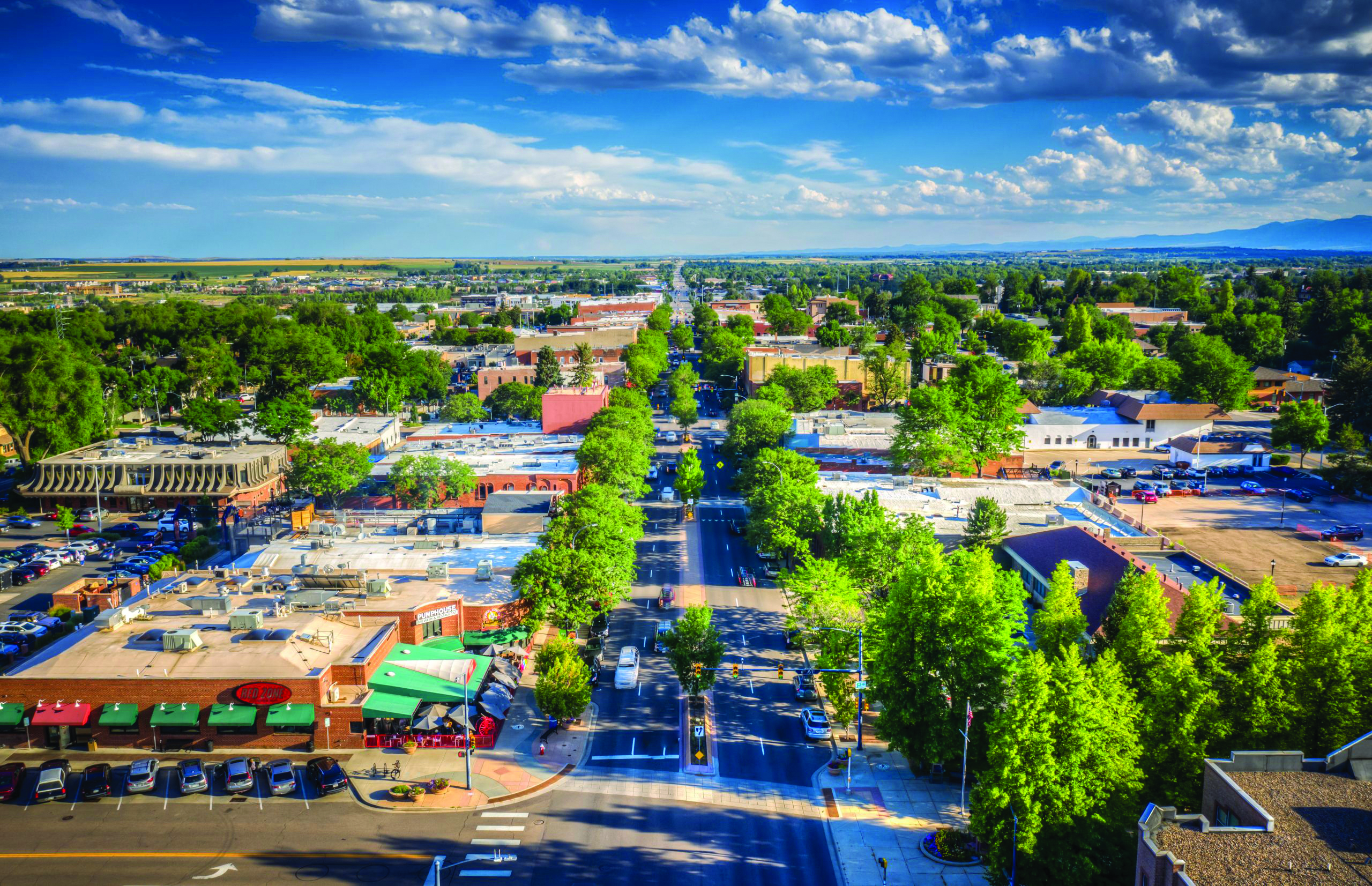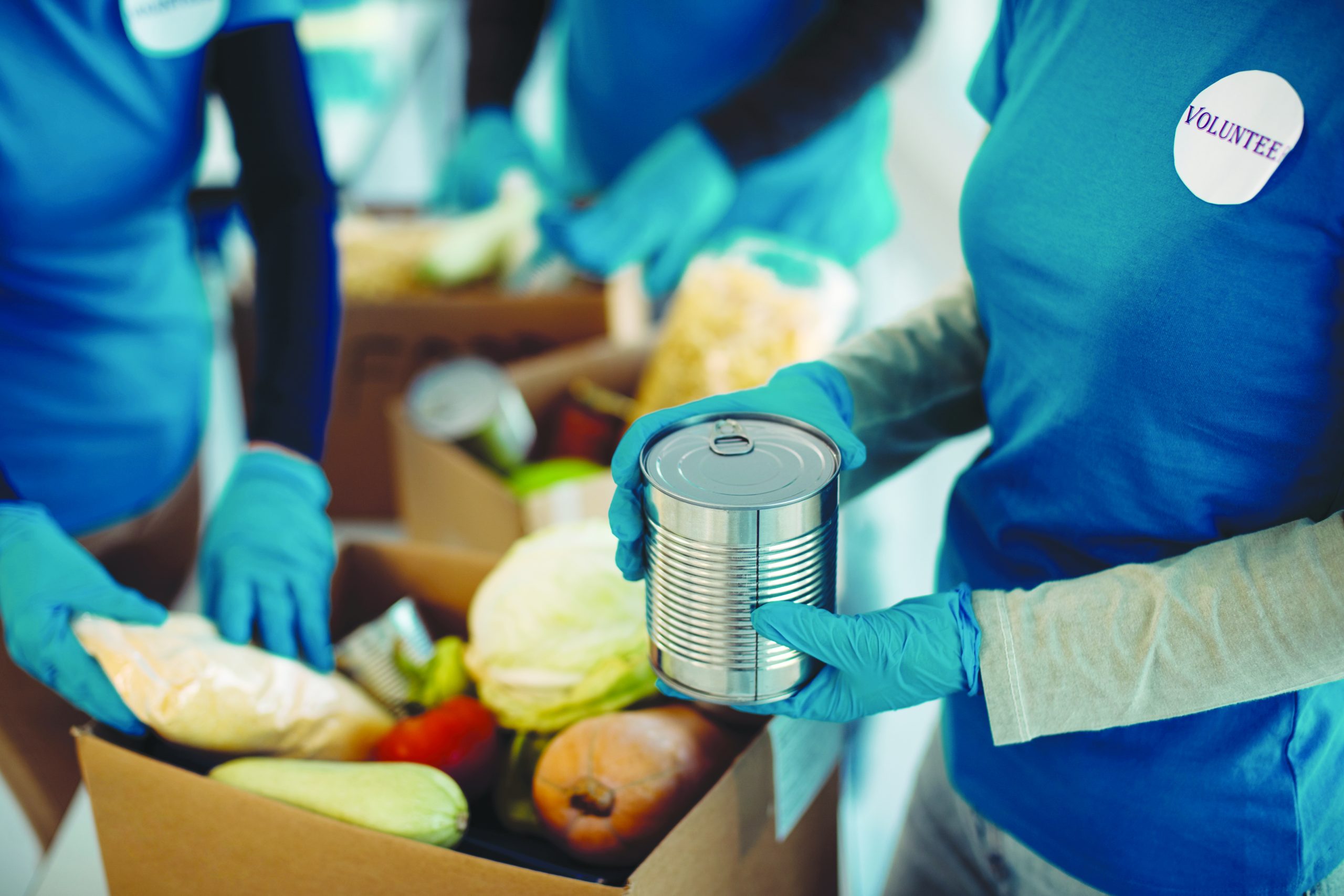
Having used her fair share of dating apps, Jenny is used to “matching” with people through screens. This time, however, she was more nervous than usual walking to meet her “match,” Amanda. They shared a lot in common, approximately 25 percent of their DNA. Jenny and Amanda were half-sisters and about to meet each other for the first time.
They didn’t match on a dating app but on Ancestry.com, a website to which people provide a sample of their DNA to find out about ethnicity and genealogical roots, as well as possibly discover family relationships with other users.
Jenny and Amanda were born and raised just 20 miles from each other — Jenny in Boulder and Amanda in Westminster — but the sisters were conceived via sperm donation and neither knew the other existed for most of their lives.
Jenny, in fact, didn’t know she was conceived with sperm from an anonymous donor until she was in her early 30s. Nor did she know the brother with whom she had grown up was also conceived with an anonymous donor. She was shocked — Jenny had never questioned the idea that the man who raised her was her biological father, nor that her brother was her full sibling.
The hits kept coming. Jenny’s brother told her that he had found a bunch of half-siblings and family history through Ancestry.com, and her mom encouraged her to take a DNA test to find out more about herself.
So Jenny ordered her kit, sent her DNA sample and impatiently waited for more than a month. She was curious about her ethnicity, and if she had any more siblings. Maybe, she thought, she’d learn the identity of her donor. It wasn’t about finding a “dad” but to get a picture of where she came from.
“I have one dad, the one who raised me. But I felt there was this new component of myself that I didn’t know anything about. I guess it was sort of exciting and a mystery to find out who my donor was,” Jenny says. “I wanted to know how healthy the genes I inherited were and I was curious because I felt some level of connection with this person.”
When the DNA results came back, Jenny found out about her ethnicity, and also matched with two half-siblings and a potential family member of her donor, who could’ve chosen to remain anonymous for a variety of reasons. However, the growth of DNA databases like Ancestry.com and 23andMe has meant that donor-conceived siblings have found each other with increasing frequency. And because so much DNA information is being put into these databases, anonymous sperm donors are even being identified in some cases.
“Even if you don’t decide to be in one of those databases, if a relative is in it, you are going to be there somehow,” says Dr. Matthew DeCamp, an internal medicine doctor and bioethicist from the University of Colorado Denver. “This has changed the approach regarding donor’s anonymity and disclosure.”
Though the issue of sperm-donor anonymity has raised ethical questions in the donor conception industry for a while, DeCamp says at-home DNA testing has made the debate more public and relevant to a wider audience. As a result, the American Society for Reproductive Medicine’s Ethics Committee said recently that it now encourages “parent(s) to disclose the fact of [sperm] donation to children and encourages clinics and sperm banks to provide for some form of future contact between donor and child if the participants agree.”
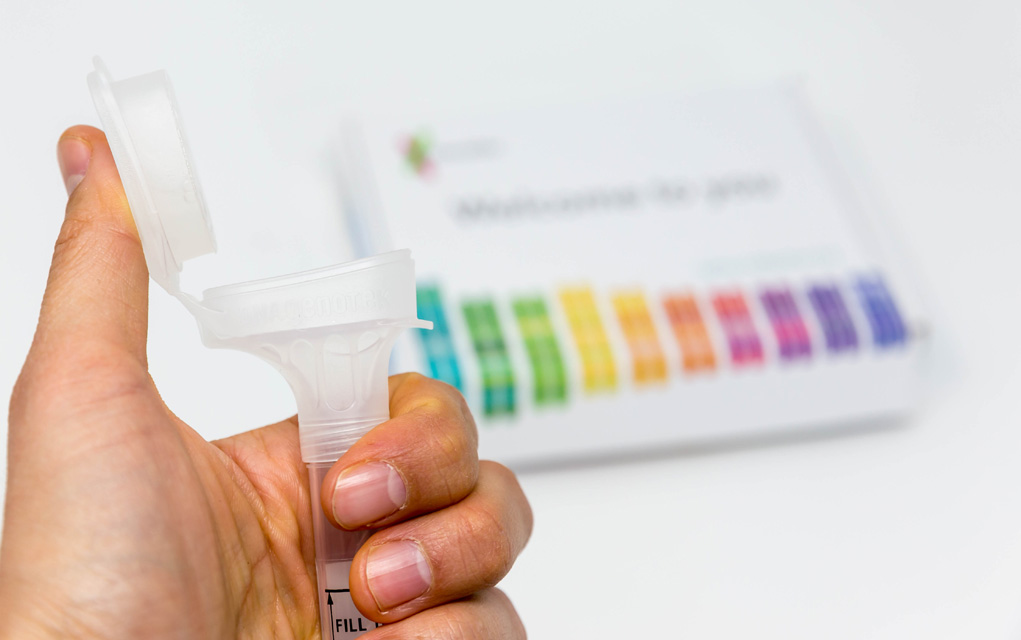
• • • •
The first successful conception using frozen sperm was reported in 1953, ushering in a boom of sperm banks by the 1970s. The use of donors continued to grow in popularity, though figuring out exactly how many donor-conceived babies are born each year is tricky; clinics aren’t required to submit numbers. Every year there are an estimated 30,000 to 60,000 donor-conceived babies born in the U.S.
Coincidentally, the issue has gained more public attention as more donor-conceived children confront issues of identity. In 2002, Ryan Kramer, who was told he had been donor-conceived, wanted to find out the identity of that donor. From their home in Nederland, Ryan and his mother, Wendy, started the Donor Sibling Registry (DSR), an organization for donor-conceived children to find siblings by using the donors’ number provided by sperm banks. Through their DSR site, the Kramers found two of Ryan’s half-siblings, whose parents gave them more information about the donor’s background without revealing his identity.
Ryan’s quest earned national media attention, and in 2004, after an appearance on Oprah, Family Tree DNA, an early DNA testing company, contacted him to see if he wanted to submit a sample. Ryan was told he was going to find out about his paternal heritage. Nine months later, through a connection with two very distant relatives, he became the first donor-conceived child to match with his donor through a DNA site.
Through this connection, and the information Ryan had from the sperm bank and the half-siblings he found via the DSR, he managed to give his donor an identity. Ryan contacted his donor through email and forged a connection that eventually led him to meet his biological father and grandparents. While Ryan’s story has a happy ending, it’s not common for strangers who match DNA to become a family. And the path to finding one’s identity can be hard to navigate for everyone involved.
For Wendy and Ryan, it was an arduous path trying to fight an industry that was designed to maintain the privacy of donors. Wendy says it used to be normal for donors to be promised anonymity, something also agreed to by recipient parents. But the offspring of donor-conception don’t have a voice in the matter, they don’t agree to anything and, once they find out they were donor-conceived, they often want to know more about their roots.
“It is not about having a dad. It is about knowing where you come from. Who did you get your teeth from, your athletic abilities, etcetera?” Wendy says. “It is an innate human desire to want to know where we come from. Whether you have just a mom, mom and dad, two moms, whatever your family structure is, it doesn’t negate the curiosity that you might have about your own identity.”
There are several common reasons why donor-conceived people want to find out about their paternal heritage, says Dr. Jennifer Moné, a marriage and family therapist who works with fertility-related cases.
“Wanting to know one’s medical history, to connect with one’s roots, their family history … to know about their ancestral history or just simple curiosity,” are all common reasons, Moné says. “But it is important to note that there are some offspring who have no desire to know their donors and to seek out that genetic piece.”
• • • •
Ryan was one of the ones who wanted to know, and his journey ended with him gaining an extended family. But, according to his mother, it also ended the “promise” of anonymity that sperm banks often offer recipients and donors. His case brought into the spotlight what Wendy refers to as “a highly unregulated industry with no oversight, based on money,” which is now being challenged in an era of DNA testing, data sharing and social media.
The California Cryobank (CCB) — which provided Ryan’s donor — was founded in 1977 and according to Scott Brown, vice president of communications, the industry has changed a lot in the more than 40 years it has been in business, mostly due to commercial DNA tests and changes in family structures.
“The changes have been happening in many areas, not just recently with DNA-based ancestry tests,” Brown says. “Back in the era when today’s modern sperm banks were established, the majority of clients were heterosexual couples with male infertility necessitating a donor. Social norms at the time generally discouraged sharing the donor conception story with the public, and with the child. Anonymity fit into an acceptable social construct at the time and was generally bilaterally desired between donors and the families that relied on these donations.”
Today, approximately 70 percent of the clients who use a sperm donor are single mothers by choice or same-sex couples, according to Brown. The social progress that drove acceptance of those family structures, as well as the popularity of DNA commercial tests, inspired CCB to “proactively” change its policies and only accept men willing to be “ID-disclosure donors.” By donating, men consent to CCB releasing their contact information directly to any 18-year-old offspring upon request.
While donors willing to be identified are now the norm for the bank according to Brown, even when donors were anonymous, CCB collected updated personal and health information on donors, which is made available to inquiring families. Furthermore, CCB has always attempted to facilitate contact between adult-age offspring and their donors, Brown says.
“Even vintage anonymous donors are frequently open to contact, particularly when it’s facilitated in a respectful way through the sperm bank,” Brown says. “We have been fortunate to build an infrastructure over time that supports a large genetics department and client service department that can provide this level of service.”
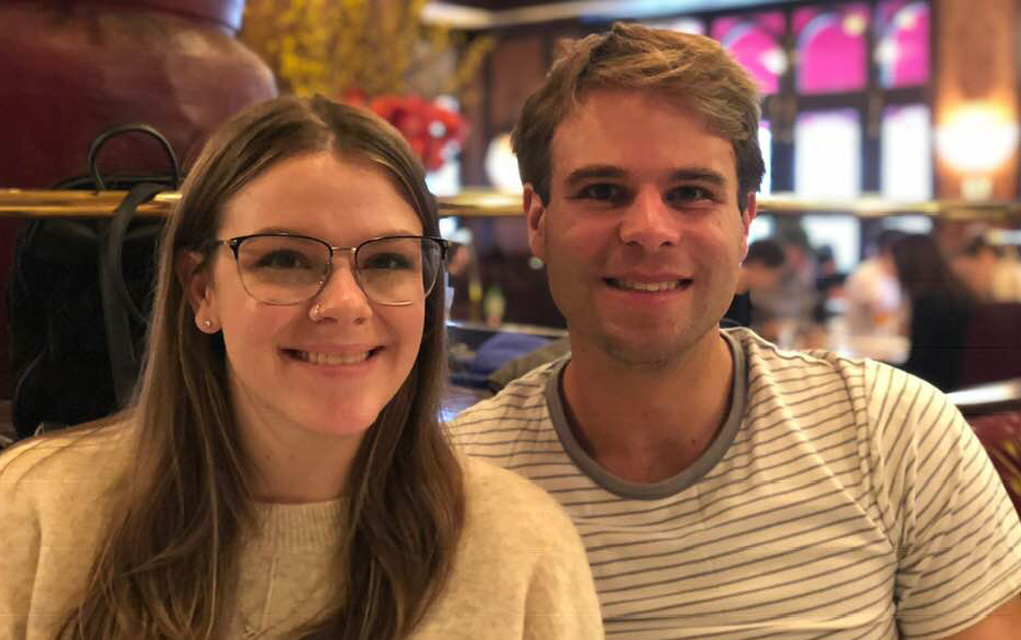
Courtesy of Wendy kramer
But there might be some serious gaps in sperm banks’ policies, according to Wendy Kramer and several other clients — even donors — who use the DSR platform to air their frustration toward unfulfilled promises and to seek out help and advice from a community that has endured similar hardships. In many cases, Kramer claims sperm banks were unable to offer any information about donors, whether they had agreed to anonymity or not.
DSR gets emails from all parties involved in the process. There are offspring who have turned 18 and, even with an ID-disclosure donor, haven’t been able to get any help from the sperm banks. There are also donors who had no idea they were going to have 30 offspring or who agreed to an ID-disclosure but were contacted by the offspring who used a commercial DNA site to find them.
Curiosity isn’t the only reason to contact donors, Kramer says — it can be a matter of life or death. The are many cases of donor-conceived people with congenital disorders, mental illnesses and cancer trying to reach out to their donors only to be left in the dark by sperm banks. This situation has driven recipient families to start a petition to the Food and Drug Administration (FDA), requesting the agency look into the sperm donation industry in order to develop appropriate regulation and oversight.
In one particular case (that can be found on the FDA petition), a recipient family claims a sperm bank never reached out to update the family when they were contacted by a donor alerting them of a possible genetic disorder. The family says they only found out about it when they asked to contact the donor years later. Also, the same family says they contacted the sperm bank when their son developed mental illness at age 14, but the bank did not contact any half-siblings that could have been similarly affected, they claim. It was through the DSR that the family connected to both a half-sister and the donor to share much-needed health information.
DeCamp, the CU internal medicine doctor and bioethicist, says any regulation must balance the rights and interests of the donor, recipient and offspring. There are ways to give important medical information to donor-conceived people that don’t require disclosing the identity of the donor. However, DeCamp says, requiring donors to update medical information may be difficult.
“Some people actually think that there is an obligation of the donor to update the bank if any new medical information arises that would be relevant to potential offspring,” DeCamp says. “This is something that will be hard to make law, that is why it is a matter of ethics.”
DeCamp says it would be hard to require someone to continually provide medical information over time. It would also be difficult to track whether the donor was providing updates in a timely manner or what counts as important medical information.
• • • •
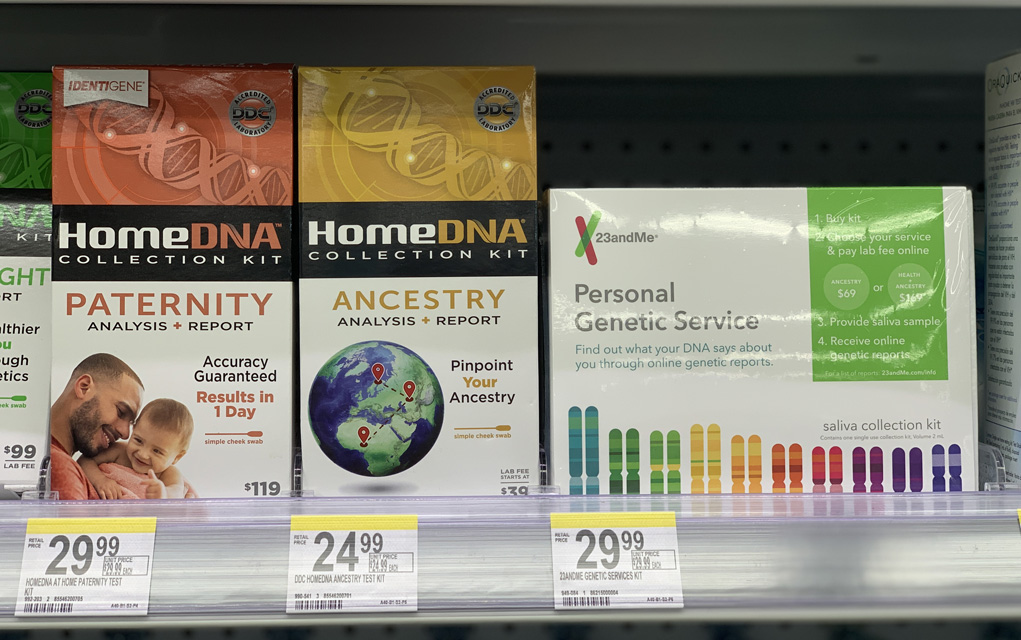
Photo by Giselle Cesin
With or without the help of sperm banks, people are finding their donors and extended families by swabbing their cheeks and matching online. In Jenny’s case, she not only found half-siblings and developed a relationship with her “next-door” sister, Amanda, but with some research she also found a paternal relative who helped her identify her donor.
Jenny’s donor did not come from a sperm bank. Her parents, after struggling with fertility, went to the Advanced Reproductive Medicine (ARM) clinic at the University of Colorado, and used a live donor, which means it wasn’t frozen sperm, but from a medical resident.
“My parents just said they wanted someone who somewhat resembled my dad and who was a runner because they thought he would be healthy,” Jenny says. “Also, they wanted him to have good teeth, so I wouldn’t need orthodontics, which is funny because at the end I had to get braces anyway.”
When Jenny met her half-sister, Amanda, after matching on Ancestry.com, she also found out that Amanda was conceived at the same clinic, also through a live donation and only three months before her. Neither Jenny’s nor Amanda’s parents were told about the possibility of half-siblings, let alone that they’d be the same age and living just 20 miles away. They found out only three months ago, more than three decades later.
“This happened in the ’80s,” DeCamp says. “Probably this was not an ethical discussion as it is now. Ethically, of course, the right thing would have been to ensure that both donors and recipients were equally informed. But 30 years ago, it was probably not anticipated that they could have found each other.”
Nowadays, live donations from medical students, let alone multiple donations to families living in the same area, is no longer possible, according to Dr. Alex Polotsky, a fertility physician at the ARM clinic. At the time of Jenny’s and Amanda’s conceptions, he says, the field of sperm fertilization was still new and lacked all the research and information we have now.
Live-sperm fertilization is rare nowadays, given that it’s significantly more expensive and time-consuming than donor-fertilization through sperm banks. If it does happen, it is usually because the donor is known to the recipient.
Polotsky says ARM is aware of how sperm-donor anonymity can’t be guaranteed nor should be promised anymore. Because of the information and technology available nowadays, such as DNA commercial tests, ARM counselors help clients go through the process and understand the different donor options available at a sperm bank.
Jenny says she’s been thinking about contacting her donor since she found out his identity, but she hasn’t quite been able to pull the trigger. On one hand, she’s curious to meet this stranger from whom she got 50 percent of her DNA — to see if they have facial expressions in common or shared abilities. At the same time, she is not looking for a “dad,” since she has one, and she doesn’t want to cause any trouble for her donor and his family. More importantly, she’s already learned that her donor’s family seems to be healthy overall and that was her main concern.
“I don’t know if my donor has told his family. I don’t want to intrude into his life just out of curiosity,” Jenny says. “He did an altruistic thing that helped my parents have a family. I am nothing but grateful.”
• • • •
Jenny is also concerned about possible legal ramifications that could come from contacting him. There is no legal contract between an offspring and a donor, explains Laura Koupal, a lawyer who represents gestational carriers, egg and sperm donors, and recipient parents. The contracts were made between recipients, sperm banks and donors, but not the offspring. Still, there are many examples of offspring receiving cease-and-desist letters from their donors.
Koupal says that in representing donors, there’s often a fear that the offspring might go after them for money. But the State of Colorado protects donors’ rights, and according to Kramer, there is no legal precedent for a donor gaining legal responsibilities. Donors don’t have any legal obligation with offspring, but they also don’t have any obligation to have any contact at all.
Still, Koupal agreed anonymity is no longer possible. Most of her clients never thought they would be contacted by one, let alone several, offspring. But now, due to DNA commercial tests, ancestry sites and social media, they are.
When a donor gets a call or email from an offspring it can be a huge shock, explains Moné, the therapist who works with assisted reproductive cases and families. Donors need to figure out the extent of the connection, if any, they want with the offspring. Such contact can also affect donors’ current relationships, as many donors were young and single at the time of donation.
“It is important for people who donated or who will be donating to share with their partners, their spouses that this happened,” Moné suggests. “Even if it’s an anonymous process, it is possible that someone may be contacting them at some point.”
Donors can feel shocked when one person claiming to be their offspring contacts them. But they can feel overwhelmed when several people claiming such contact them. This is another “deception” of sperm banks, according to Kramer. She says donors were not always told how many children would be conceived from their donation. Her donor, for example, was overwhelmed after being contacted by more than 10 offspring. At first, Kramer claims he tried to keep up with some of them, but there were so many he just didn’t know what to do.
At CCB, Brown says, all parties involved are informed and well aware of the guidelines, including how many babies could be conceived from one donor, and that sperm units are distributed through the U.S. and approximately 40 countries to avoid the risk of half-siblings growing up in the same city, for example. CCB has a maximum range of 25-30 recipients per donor, Brown says, which is below the American Society of Reproductive Medicine guidelines.
For DeCamp, it is hard to go back and say something that happened 30 years ago was unethical simply because technology changed, and information is available now that wasn’t in the past.
“Given what we know now about DNA databases, it suggests that we need to be more careful about the information we give both donors and recipients,” DeCamp says. “It would be inappropriate to promise anonymity to a donor nowadays.”
DeCamp says he doesn’t believe that every parent must tell their child, but there has been an overall “shift in favor” of parents informing their children at the right time about this.
“Secrecy may have been more suggested in the past, but we didn’t know as much from research back then about donors, recipients, about their offspring. Now we have a whole bunch more information,” Moné agrees.
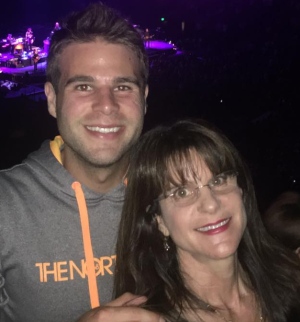
Courtesy of Wendy Kramer
Plus, if children know at an early age, Kramer says, it may help them better come to terms with who they are, avoiding a lot of the “drama” that is often involved when they find out in their 20s or later, for example. Donor-conceived children may go through a lot of intense emotions when they find out about their conception— anger, fear, shame and disbelief; for most of their lives they had no idea how they were really brought into the world.
Kramer is a proud recipient and is also grateful that she was able to conceive Ryan. But that doesn’t take away all the gaps she sees in the sperm donation industry. She understands it’s a business, one that she benefitted from, and she isn’t trying to stop sperm banks from selling sperm. Rather, she wants them to do it “in an ethical and responsible manner.”
For Jenny, technology brought her into the world and, years later, helped her put together the puzzle of her missing identity. It also gave her a new sister.
“It’s wonderful,” she says. “It feels like a gift to get a new sister when I am 30 years old.”
Editor’s note: Jenny and Amanda are pseudonyms to protect their families’ privacy.

